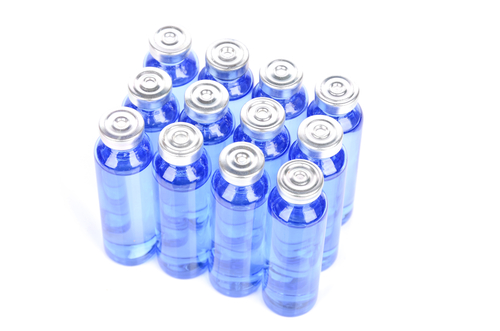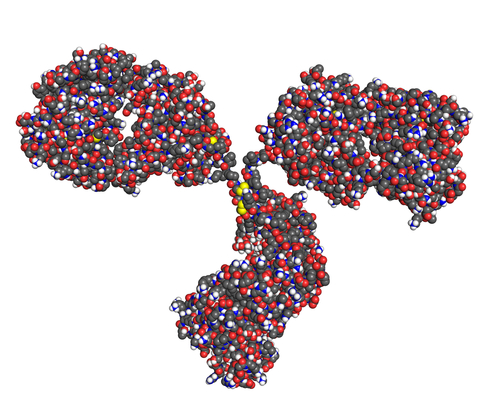The pervasiveness of biopharmaceuticals (biologics) in the 21st century pharmaceutical landscape, means that the presence of ‘heat-labile’ pharmaceuticals even in the ‘corner-store’ pharmacy is almost guaranteed. It is therefore essential that every pharmacist and all dispensary staff have some basic knowledge on how to store, handle and transport Cold Chain Products (CCPs). Cold Chain Products (CCPs) are those requiring storage under refrigerated conditions of 2-8°C. … Read More
Biopharmaceutical Stability, Storage & Handling: An Introduction
Having previously discussed the fundamentals of biotechnology, its impact on the production of medicines and the structure of these protein-based medicines, we now move on to some of the practical aspects of managing therapeutic proteins. In this post we begin our exploration of the storage and handling of biopharmaceuticals. As noted before, because proteins represent the overwhelming majority of products from the pharmaceutical biotechnology sector, … Read More
Biopharmaceutical Protein Structure – Part 1
Introduction Given that the overwhelming majority of biopharmaceuticals are proteins, this article will explore some key points on protein structure. This is particularly important because protein function is directly related to protein structure. Specifically we will look at the different types of molecular bonds found in proteins and their relationship to the final three-dimensional configuration of said proteins. If we are to appreciate … Read More
What is a Biopharmaceutical? (Part II): Biopharmaceutical Characteristics
The following list while not comprehensive, provides some key characteristics of biopharmaceuticals / biologics: 1. They are produced within ‘Living Cells’. 2. They are proteins in most cases although more recent developments have seen nucleic acids entering the fray as therapeutic agents. 3. They have very large molecular weights and by extension tend to be very large molecules. (This is … Read More





